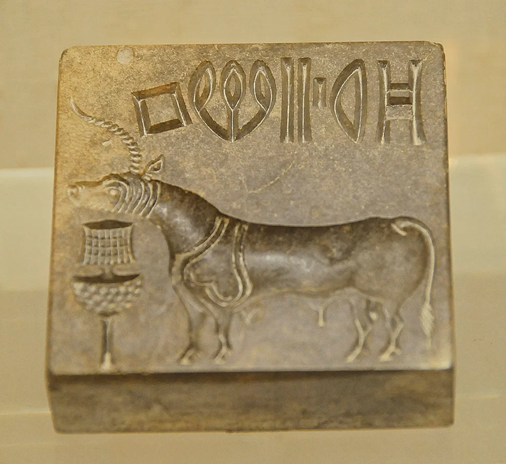
Have you ever watched a spy movie and wanted to break a code or perhaps saw Indiana Jones and wanted to make your own discoveries that could contribute to the understanding of humanity’s ancient past? Well, such an opportunity exists, and you can get paid for it. The state of Tamul Nadu in India has offered a $ one-million reward for anyone or organization that can interpret a series of scripts left behind by the Indus Valley Civilization. This collection of script left behind etched onto hundreds of ceramic shards has yet to reveal its secrets despite being studied for over a century. This is largely due to the absence of a Rosetta Stone equivalent for the Indus people. Currently, no known written or spoken language can be directly traced to them. The other fact contributing to the struggle to decipher these shards is that despite the historical significance of these people, very little is known about them. So, just who were the people of the Indus Valley?
This civilization was truly ancient and was one of the three great urban civilizations of the Bronze Age alongside Ancient Egypt and Mesopotamia, making them one of the world’s oldest known civilizations. They existed in the Indus Valley area, which now sits in modern-day Pakistan and Punjab, India, where archeologists think they thrived from 3300 BCE till about 1300 BCE. Despite their significance and existence during the time of other much talked about great Bronze Age Civilizations, they were mostly forgotten by history or, at the very least, Western historians until many of their sites were rediscovered and excavated during the 19th & 20th centuries. Most of these rediscovered cities and towns have since been made UNESCO World Heritage sites. Despite not knowing much about the government and culture, archeological findings have revealed they were advanced, as shown by its metallurgy, craftsmanship, and engineering, including city planning and water supply and drainage systems. This level of advancement has led experts to believe that the two largest excavated cities of Harappa and Mohenjo-daro could have had populations exceeding 40,000, with the entire civilization population exceeding 5,000,000 in its 1,500km territory during its peak.
Despite the size and cultural importance of the Indus Valley, little is still known about them and why they eventually fell, though climate change is the most common theory. For over a century, experts have looked to these scripts, hoping to decipher them and better understand the peoples that thrived during and after the Pyramid was built. Hopefully, with this cash incentive, somebody will be able to give us insight into a truly fascinating civilization and, through doing so, provide us with a better understanding of our species’ past.
